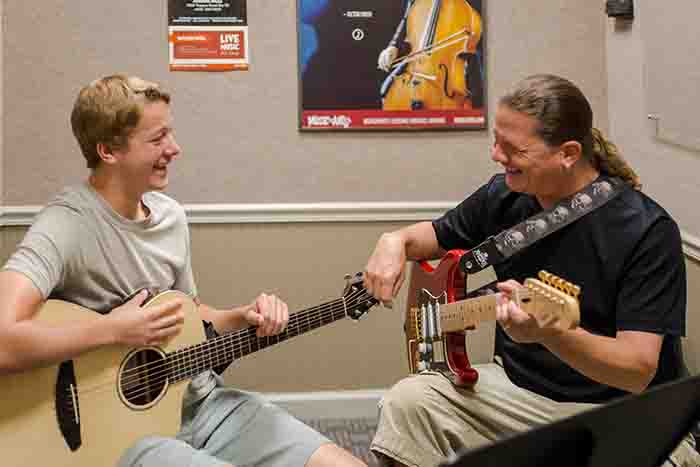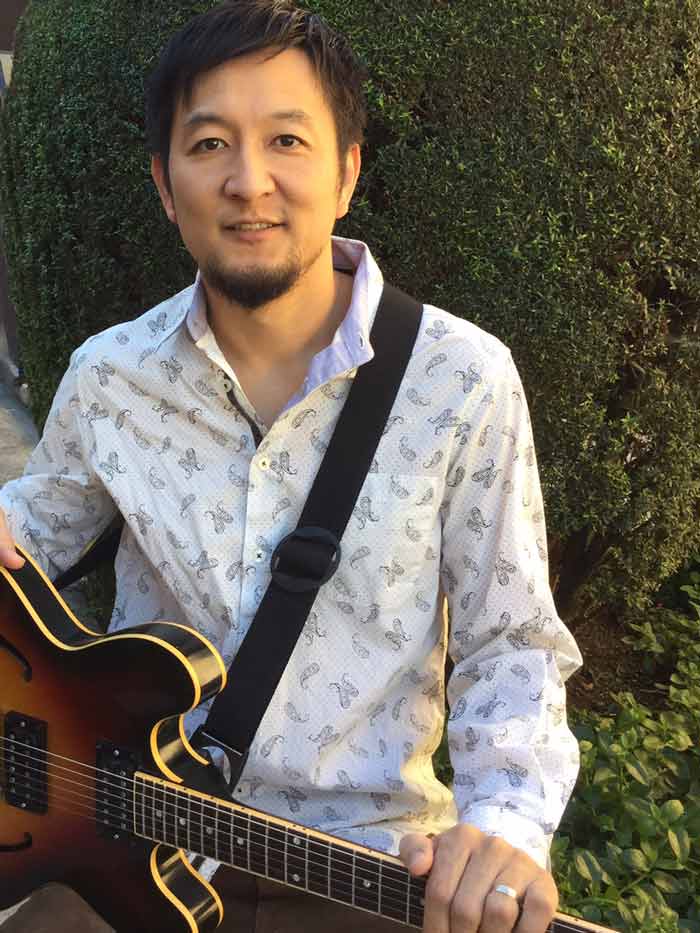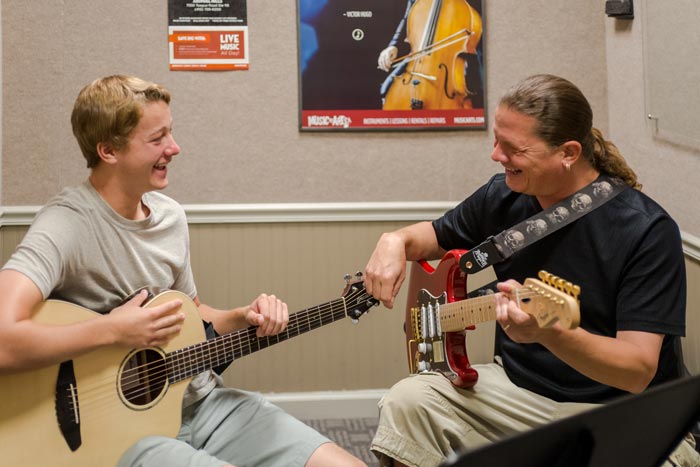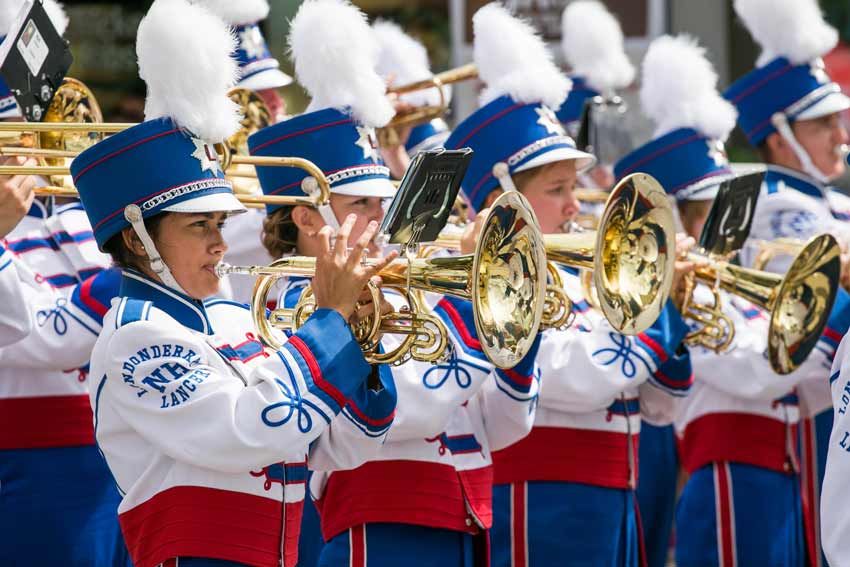May 13, 2015
Do You Have a Rhythm Band in Your Classroom?
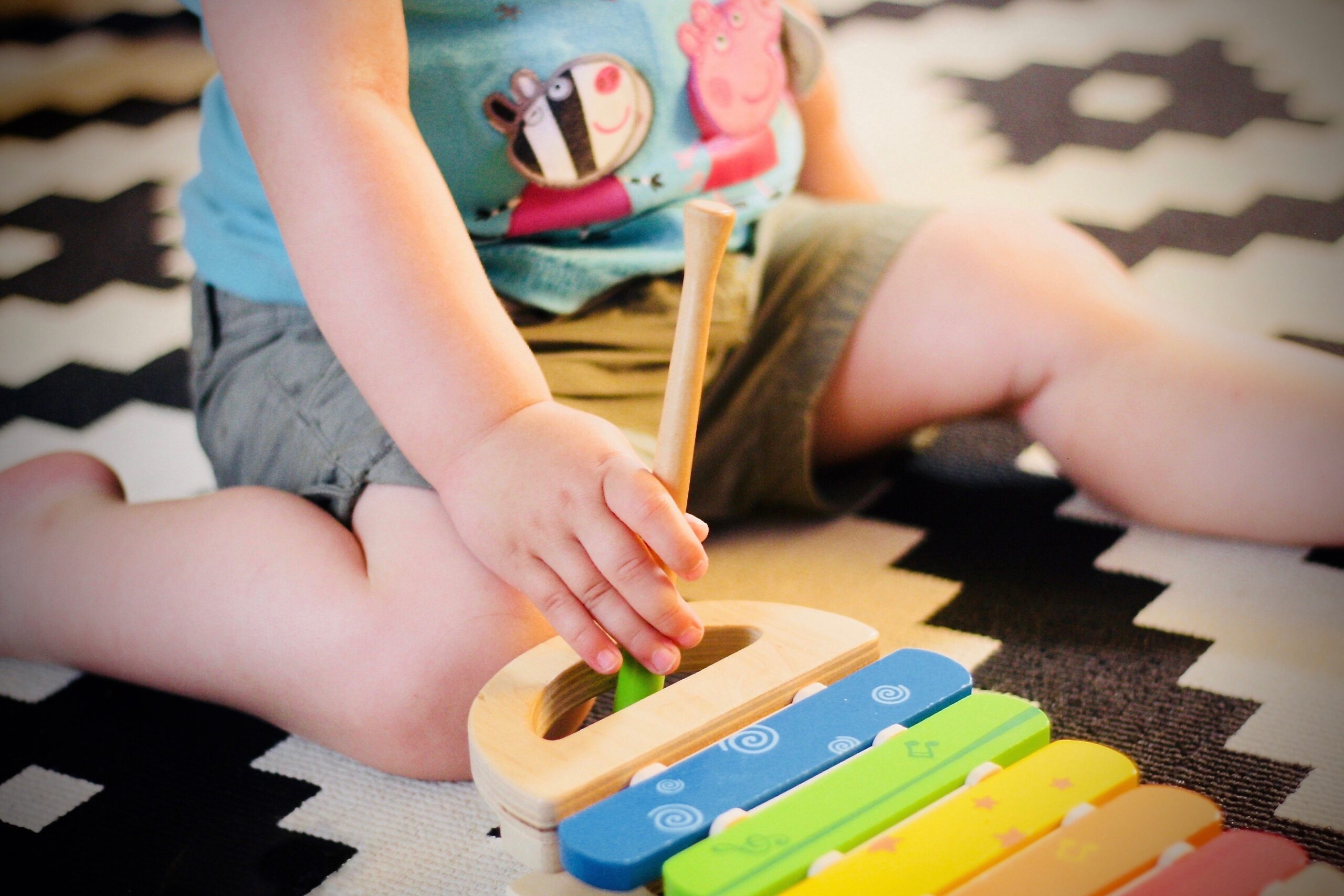

Do you have a rhythm band in your classroom? Rhythm bands have been a part of the music classroom experience for over 80 years. The rhythm band was created to prepare children for later instrumental work and for the enjoyment of music in all its forms. American composer and music teacher J. Lilian Vandevere said when a student listens to music as a whole and in parts, they learn about the “preservation of individuality while contributing to the welfare of the group.” An approach that still carries to modern classrooms. But even something that has become a tradition can go through innovative evolutions. Here’s how you can start or re-charge a rhythm band in your classroom!
Start with Simple Beginnings
Rhythm bands started with simple beginnings with basic, handheld idiophones (jingles, shakers, and scrapers made of wood or metal) and membranophones (instruments that have a membrane-type head, like drums or tambourines); however, new innovative instruments have now entered classrooms that can be made of synthetic materials like plastic or even electronic. Some examples of new instruments added to the world of rhythm bands include the pitched plastic tubes Boomwhackers ®, electronic drum pads, and even smart device apps like GarageBand for iOS or Music Maker Jam for Android. Yes! Kids can play in a rhythm band with their tablets! Marching might not be as easy with an instrument, but you can switch out the stationary players with the movement players. Introducing these new forms of instruments can expand your students’ experience with music, and easy integration of technology if the school already supplies the tablets.
Then Comes Exploration
The first step to getting your rhythm band ready is to let your kids explore the instruments (with respect to the instruments and others). After introducing the instruments, let them discover the different sounds made by instruments, allow them to practice their loud and soft playing, and even Boomwhackers® “sword play” can add the element of chords to your band. The students can describe and share the sounds and tones their instruments make to the class.
Next, combine the instruments with a song that everyone knows or that you have already been using in your class. Traditionally, the teacher would accompany on the piano or another percussive instrument. Today, ukuleles and acoustic guitars have become very popular for accompanying songs and rhythmic playing. Even if you don’t know how to play, you can create pre-recorded chord progressions on those same apps listed before.
The Orff-Schulwerk Classroom
Every time a rhythm band plays the experience can be different since each kid can experience a new instrument every time. This makes the rhythm band a perfect partner with the Orff-Schulwerk classroom. A rhythm band allows students to experience the basic Orff elements of imitation by playing after the teacher or assigning a rhythm for groups to play, exploration of sound and movement as they play, improvisation, and composition (small groups, anyone?). We know our kids are creative and can often come up with something we might have never thought of. It might not fit perfectly into a song, but a sound they created on their own becomes theirs and it instills a since of pride and accomplishment. This feeling then leads to a sense of appreciation and love for music.
Are you looking for some extra budget to help support some updated instruments for your rhythm band? Advocating for your classroom can be a challenge, but luckily, we live in a time of technology where resources and studies to support music education are now at our finger tips! Scientists have found that the experience of playing an instrument goes beyond building a love of music. In 2016, a study was conducted in Chicago where it was proven music lessons improved neurological connections in children and could be used to help treat ADHD and autism. NAMM compiles studies that show the benefits of music education on the betterment of students lives. We have supplied some helpful resources below for you.
Musical Training Creates New Brain Connections in Children – https://tinyurl.com/ybd8yjmp
NAMM– How Children Benefit from Music Education in Schools – https://tinyurl.com/y9nwlsrb
Roots of Rhythms – http://www.rootsofrhythm.net/
About the Author:
Amanda Six, Music Education Specialist




